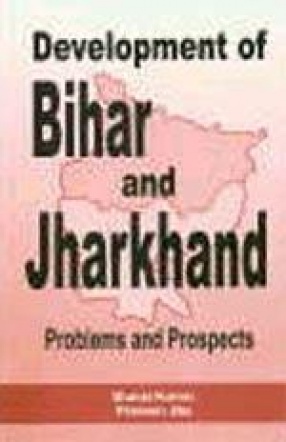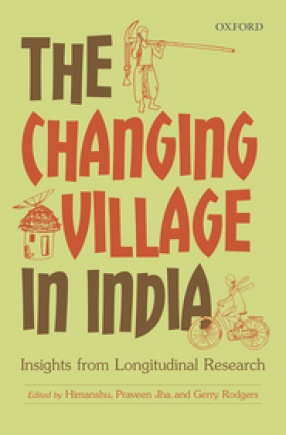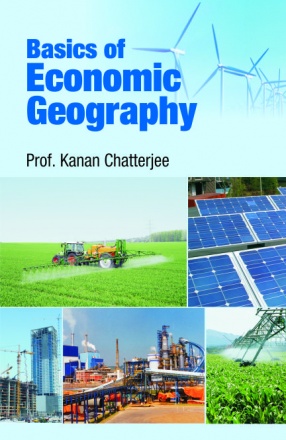The economic development of Bihar and Jharkhand concerns all as one tenth of India’s population resides here. Any progression or regression in this part of the country has a direct bearing on the well being of the country. There is over dependence on agriculture in the plains of Bihar and the average size of land holdings is very small. Forests in the plateau region of Jharkhand, on the other hand, have been an important source of livelihood for the tribal population and their fast depletion is a matter of concern. Some development is noticeable in both the regions, but it is a long way to go. Low productivity in agriculture and extremely poor infrastructure (both physical and social) are among the more important factors explaining the general poverty in both the regions. The present volume attempts to take stock of the state of the economy as it puts together contributions from some of the well-known observers of Bihar’s economy. The papers, grouped under the five thematic heads, explore the nitty-gritty of the problems and prospects associated with the different areas and sectors of the economy. Significantly, the questions posed by some authors have been answered by others. The book, in a way, prepares the background for a new beginning in the light of the reorganization of the existing state of Bihar. While chapters on forestry, coal mines, steel and cement industries and tribal development are of direct relevance to ‘Jharkhand’, others on foodgrains production, agricultural labour, flood control, wet land development and land reforms are of interests to ‘Bihar’. The book provides a rich blend of facts and analysis, and is imbued with a sense of history and political economy. The book should be useful to planners, policy makers, researchers and students of economics.
The Changing Village in India: Insights from Longitudinal Research
India has a long-standing ...
$79.20
$88.00









There are no reviews yet.